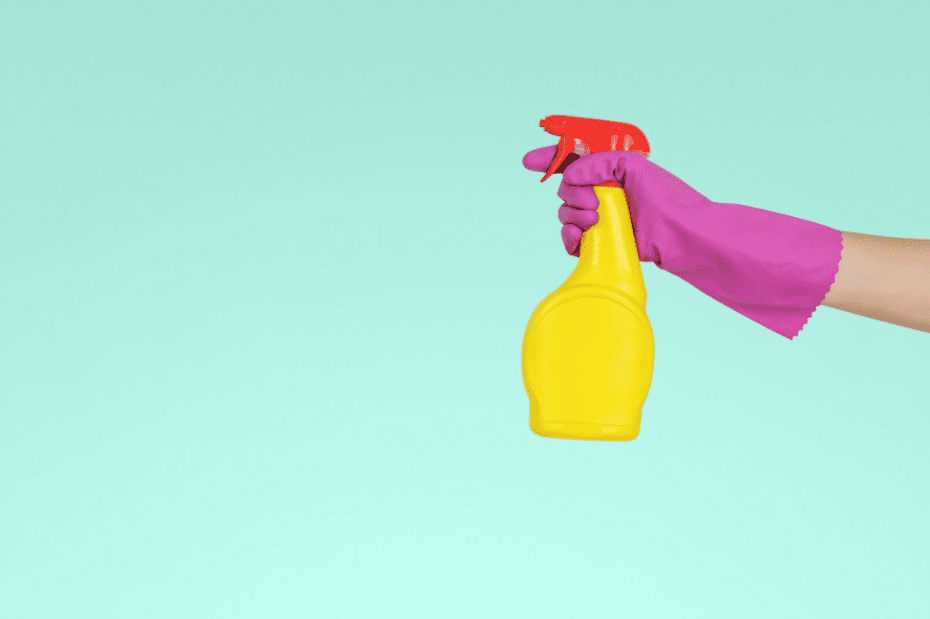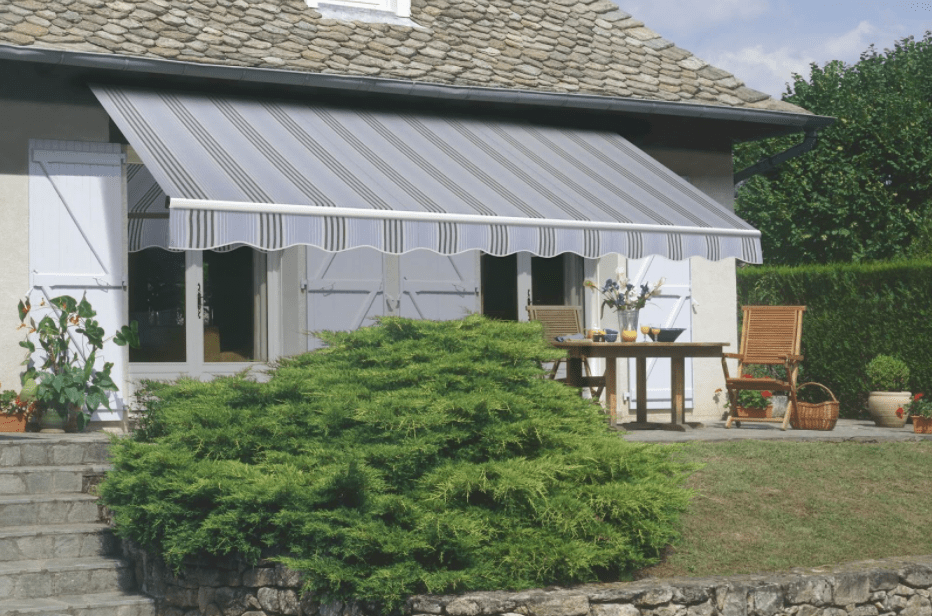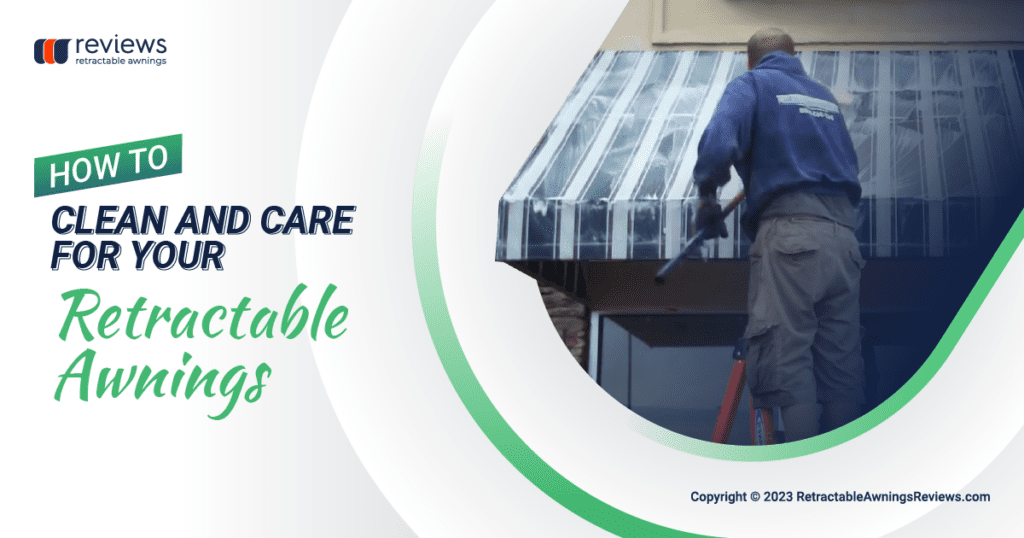Having a retractable awning in your outdoor living space is more than an excellent solution. It is practical and creates a fantastic place in your yard, on your deck, or patio.
The protective cover of your awning will create shade in your outdoor space so that it can grant you effective sun protection from harmful UV rays during spring and summer days. But not everything ends with the installation of a retractable awning.
It is often observed that the owners of a wall, soffit/eave, fascia, or roof-mounted awning forget to take care of and clean them. So they use it for months or even years without paying attention to the condition of the fabric cover. As a result, various problems arise that cause the retractable awning to stop working properly.

Among the most common issues are:
- difficulty in extending and retracting;
- fungus and mold multiplication;
- fading of colors;
- hard-to-remove dirt;
- tearing of the fabric cover and many others.
Unfortunately, in most cases, people realize too late that it is necessary to take care of their retractable awnings and clean them. Regular maintenance can prevent such problems and ensure the trouble-free operation of the awning for many years. In this regard, I will give you some essential tips on cleaning and maintaining your retractable awning.

How to Clean Your Retractable Awnings?
No matter what type of retractable awning (motorized awning or manual awning) you have and what materials it is made of, regular cleaning is a mandatory part of your canopy maintenance. And in this regard, pay special attention to both the topside and the underside.
The awning is exposed to dirt, grease, bird droppings, airborne pollutants, insects, leaf tannins, tree pitch, and other substances that can stain or bleach cloth. In addition, extreme temperatures and heavy rain can also have an effect.
Moreover, light rain can wash away some dirt, but on the other hand, it can cause the development of mold and mildew. That is why it is crucial to take the necessary care of your retractable awning.
First of all, you can clean your awning with a water hose and broom every month. That will remove dust and dirt. But in case of stains and more difficulty removing dirt, it will be necessary to use cleaning solutions.
In this regard, you must carefully select the cleaning products according to the material from which the retractable awning is made. Each fabric is specific, and some cleaning products can damage your awning.
In most cases, for general cleaning of fabrics like natural material, acrylic, and vinyl, you can use dish soap and cold water. But if there is oil paint, fruit stains, mildew, rust, etc., you may need to use other cleaners.
One of the frequently asked questions by owners of motorized awnings is – How to clean the mold? And here, the answer I could give is: it depends on the fabric from which the canopy is made.
If your retractable awning is made of natural materials or acrylic fabric, non-chlorine bleach and dish soap mixed in water is the perfect cleaning solution. But on the other hand, the mildew, which occurs on the vinyl fabric, can be removed with vinegar and water or a high-quality cleaner.
Other examples are oil-based paints. You can remove them from natural fabrics or acrylic fabrics using commercial paint, grease, or oil remover. However, you can clean the vinyl fabric only with dish soap.
On the Internet, you will find a variety of suggestions for preparations and recipes for homemade cleaners. Some of them are great and work, but whatever you choose, I advise you first of all to try the product on a small area of the awning that is not visible, so you will see if it is not too strong and if it will damage the fabric.
Along with the fabric of the retractable awning, rinse the aluminum or steel frame well so that you get a perfectly clean awning. Last but not least, be careful when mixing different ingredients, as sometimes gases are dangerous to your health. For example, you should not mix ammonia with bleach.

How to Maintain Your Retractable Awning?
Good maintenance of a wall-mounted retractable awning is not just about cleaning it regularly. You need to be careful about some things and monitor the condition of the retractable awning.
Don’t retract your awning while the fabric is wet.
If you retract the awning, you risk the formation of mold and mildew, which smells and damages the fibers, and even then, cleaning is much more difficult. Always leave the retractable awning extended prior to closing it so that the fiber may dry out. The only exception to this is high wind that could damage the retractable awning if left extended or partially extended.
You do not need to clean the metal frame too often.
Steel , like aluminum, does not require frequent cleaning. Therefore, you can clean the frame once a month with a broom with soft bristles.
Do not wet the motor of the retractable awning.
Wetting the motor with water using a pressure washer can damage it and cause a problem, so the retractable awning stops working correctly.
Keep the shrubs and vines away.
They may contain chemicals and acids that can damage both the fabric and the aluminum or steel frame.

Why should you do it, and how often?
I recommend you clean the residential retractable awning once or twice a year, depending on the frequency of use and where it is installed. On the other hand, the commercial retractable awning requires cleaning every 4 to 8 weeks, depending on its location.
As I shared above, the irregular retractable awning maintenance leads to damage to the fabric, the mechanisms, and the overall performance of the awning. In addition, the accumulated dirt and difficult-to-clean stains spoil the beautiful aesthetics of the awning.
Other maintenance tips
Other valuable tips I can give you are:
- Trim the vines and shrubbery – it is one way to prevent stains that are difficult to clean.
- Do not use the retractable awning in snow, storms, heavy rain, and high winds – it can damage the awning frame, arms, hood, fabric and motor.
- Do not allow any solid debris, such as leaves or twigs, to get rolled up with the flat surface of the awning.
Lubricate moving parts once a year with a dry silicone spray lubricant if this is recommended by the manufacturer of the frame components..
